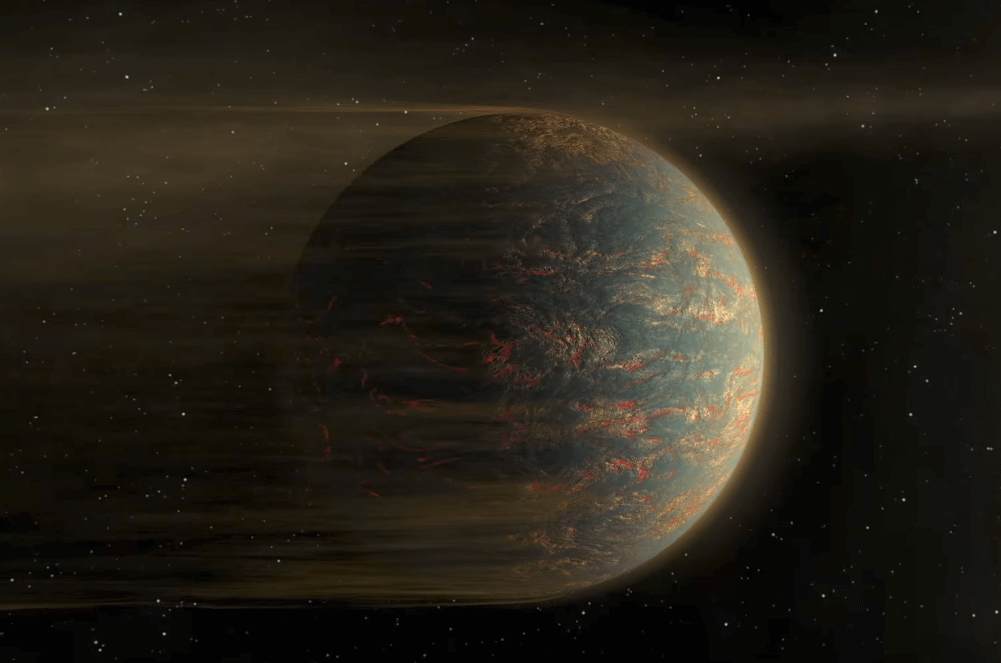New research from the University of British Columbia offers a theory to account for the universe’s constant growth rate. The goal is to resolve the conflicting concepts of Quantum Mechanics and Einstein’s Theory of General Relativity. Scientists posit that instead of universal expansion being caused by dark energy, it could, instead, be a result of continuous vacuum energy fluctuations.
Previously, it was thought that the steady expansion of the universe was the result of dark energy forcing matter away, a concept originally discovered by two separate research teams, the High-Z Supernova Search Team and Supernova Cosmology Project in 1998. Since then researchers have been trying to explain precisely which energies were pushing the universe apart. If it was, in fact, a massive amount of vacuum energy, as assumed, then by applying quantum theories, the resulting increase in density would end with the cosmos exploding because of that density’s gravitational effect.
With this new work, researchers assert that it is the ceaseless fluctuations of this vacuum energy causing the universe to expand. If these results are correct then “the old cosmological constant problem would be resolved”, and a much needed new way of thinking could be added in an area of study “where there hasn’t been a lot of new ideas that try to address this issue” according to Bill Unruh, the professor who oversaw the work of Qingdi Wang, the P.H.D. student and main author of the new paper. These newly released calculations could “provide a completely different physical picture of the universe.”
In the end, the paper creates a radically different conceptualization of the universe, one where space-time is always in motion between contracting and expanding, of which the small net effect leaning towards expansion creates the continual growth of the universe. “This happens at very tiny scales, billions and billions of times smaller than even electrons,” says Unruh when explaining why we can’t feel these wild fluctuations. “ It’s similar to the waves we see on the ocean. They are not affected by the intense dance of the individual atoms that make up the water on which those waves ride.”
While Wang and Unruh’s work may not be the final answer to this long engaging mystery, it does present a potential for resolution on this fundamental conflict in cosmology, where there haven’t been many other theories.
Related Links;
- New Research May Reconcile General Relativity and Quantum Mechanics
- How the huge energy of quantum vacuum gravitates to drive the slow accelerating expansion of the Universe
- Solving one of the nature’s great puzzles: What drives the accelerating expansion of the universe?
- Physicists offer new ‘accordion’ theory on the expansion of the universe
More News to Read
- First Stop: the Moon, Second Stop: Mars
- Google’s New Artificial Intelligent Chip and Supercomputer are Ready to Kick Butt
- What Instruments Would You Want With You On a Mission to Europa?
- How to Ensure Your Laptop Battery Dies Less Often
- Are These Mini Spherical Reactors the Answer to Fusion Energy’s Problems?











